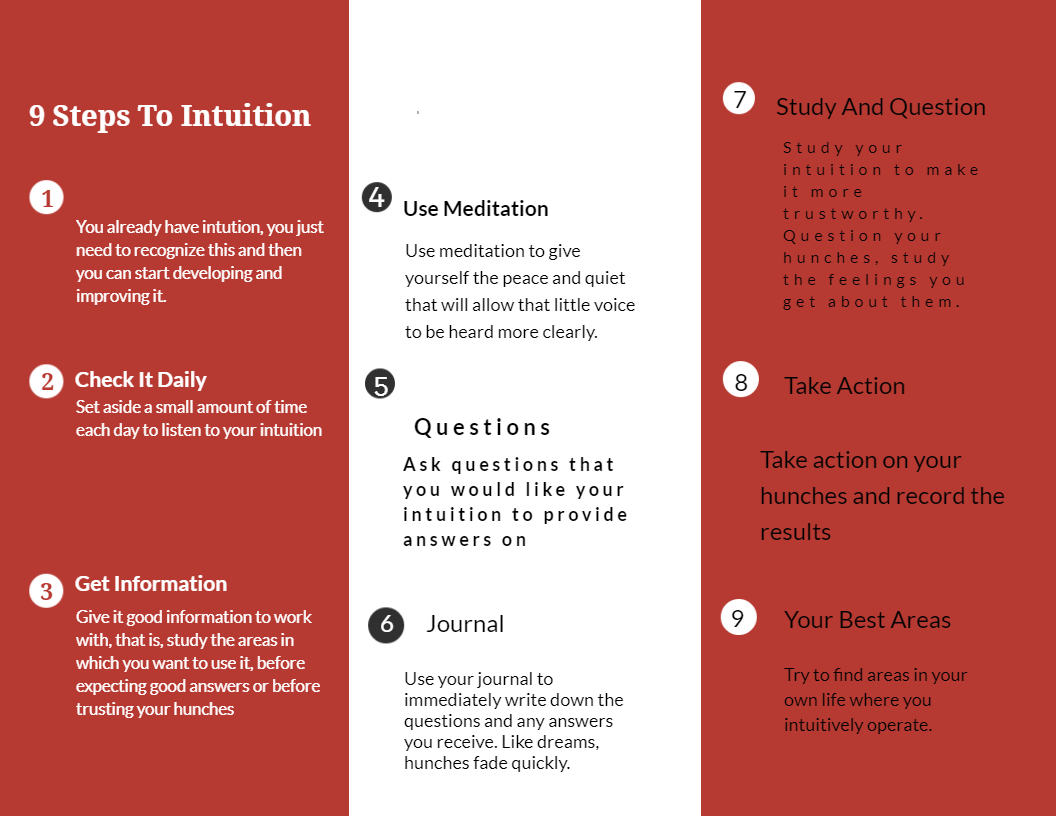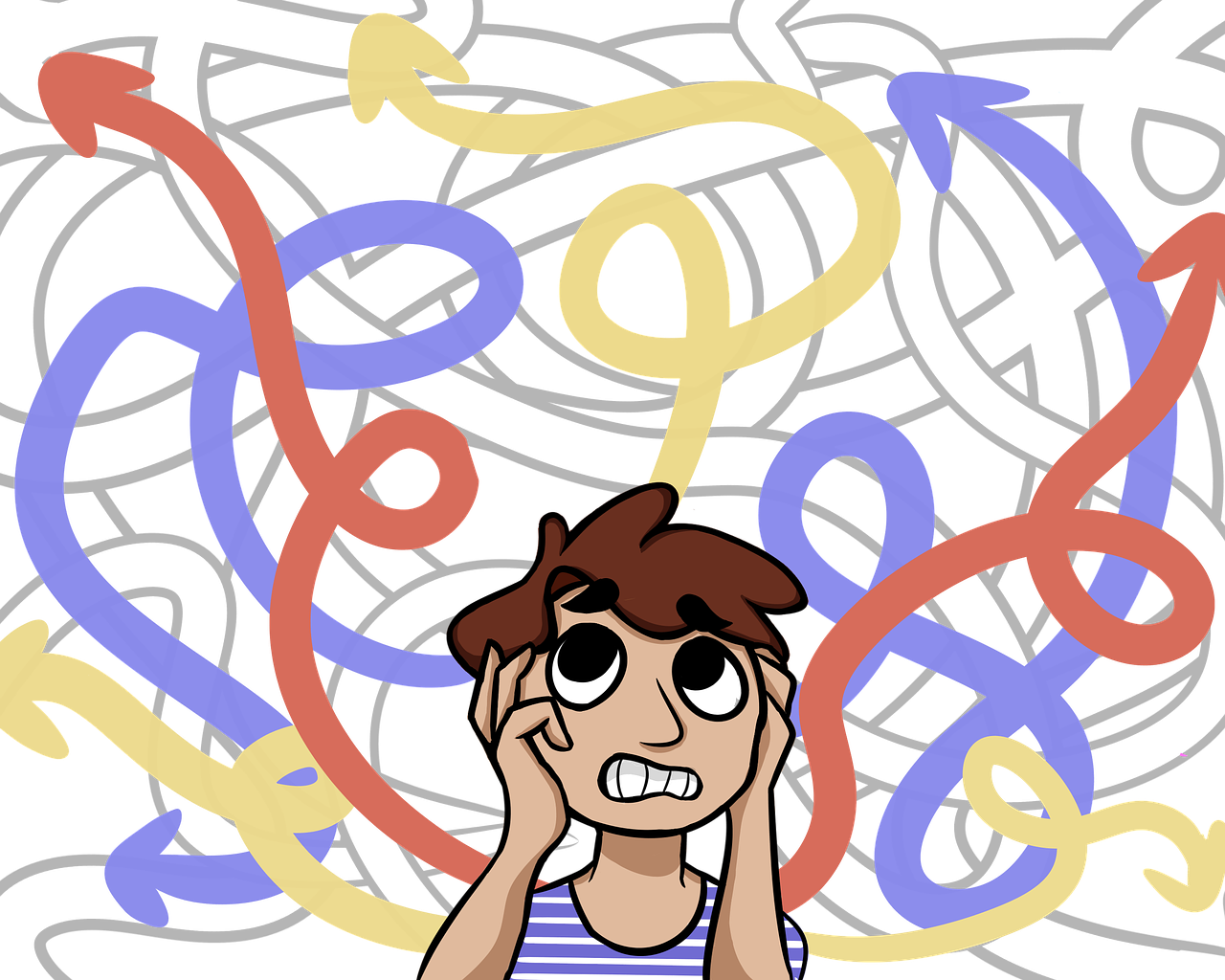Using Your Journal To Improve Intuition
What Is Intuition – Are You Intuitive Have you ever heard an inner voice that told you to do this or not to do that? Did you pay attention to it? This is a little voice that says, “Take this route instead tonight,” or “Don’t push onto that crowded bus, go and get a coffee […]


